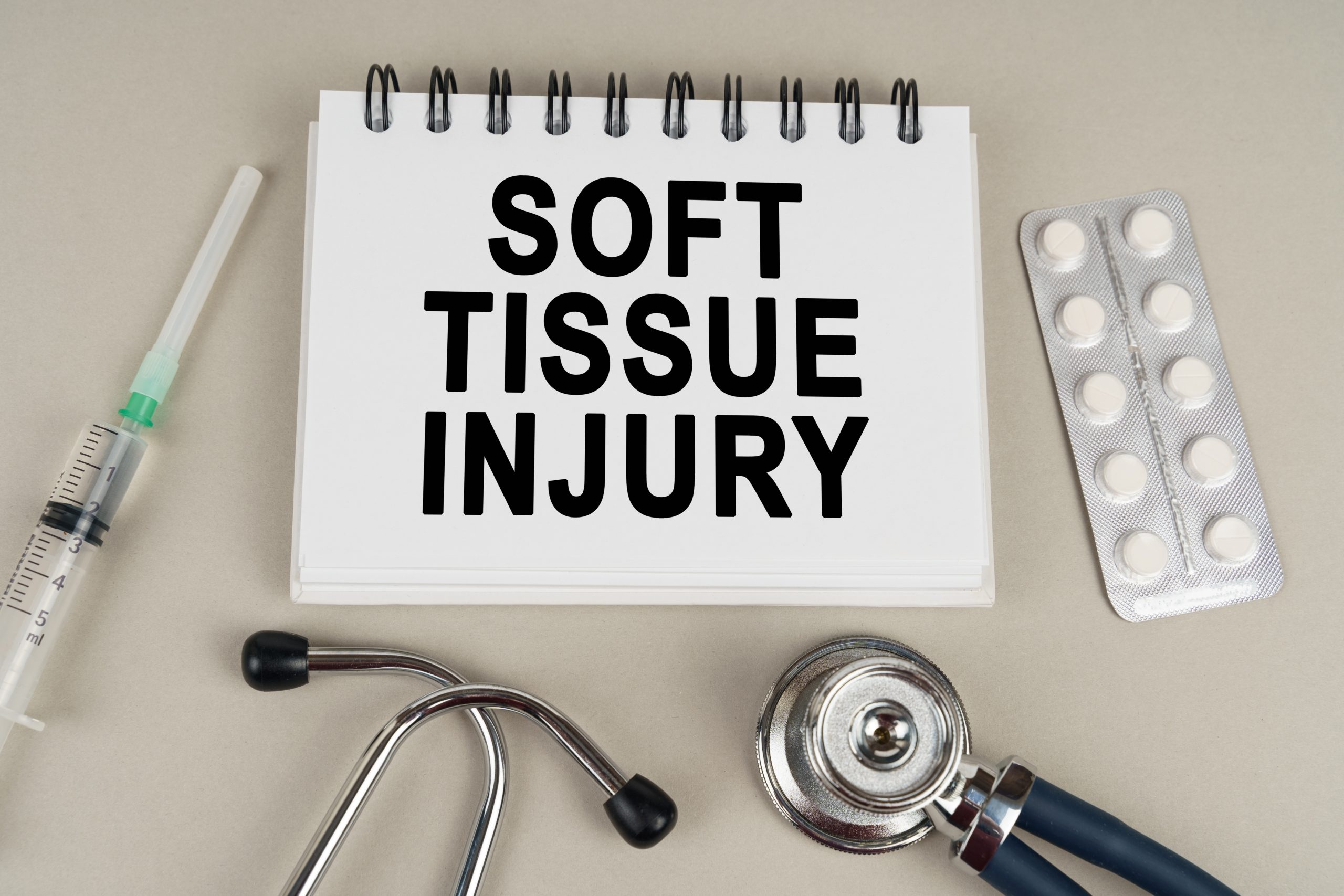When an individual suffers harm due to the negligent actions, or inactions, of another person, they might seek compensation through a personal injury claim. But before a damages can be recovered , the victim must demonstrate, by a preponderance of the evidence, the liability of the other party. In legal terms, this responsibility is called the burden of proof.
Understanding Personal Injury Law
Personal injury law refers to legal disputes arising when one person suffers harm from an accident caused by the negligent actions, or inactions, of another party, or parties.
In these cases, you as the injured party may be able to seek a recovery of economic and non-economic damages. Recoverable amages typically include medical bills, lost earning potential, pain and suffering, as well as property damage, among other losses. Some common types of personal injury cases include:
Car accidents: If you’re involved in a car accident and suffer injuries, you may be able to file a personal injury claim if the other party was at fault for causing the collision. You will need to provide evidence, like police reports, eyewitness accounts, photos of the scene or injuries, and medical bills to substantiate your claim and the amount of damages you are pursuing through the claim.
Slip and falls: These occur when a property owner fails to maintain safe conditions. Evidence may include photographs of unsafe conditions (like water on the floor), video surveillance proving lack of warning signs, or maintenance records showing negligence in regular upkeep.
Medical malpractice: If you believe you’ve been injured as a result of medical malpractice, you must prove a healthcare provider caused harm due to negligence/deviation from accepted standards of care. Examples include delayed diagnosis, surgical errors, and medication errors.
Defective products: If you’re injured by a product that’s defective or unsafe due its design or manufacturing process, you may have a product liability case. Common examples include faulty car parts, dangerous toys, or improperly labeled products. Demonstrating that the product was inherently risky even with proper usage is key here.
Workplace injuries: These are injuries that occur while on the job. Common causes include falls, equipment accidents, repetitive strain injuries, and exposure to harmful substances. In most cases, workplace injury claims go through workers’ compensation system rather than a personal injury lawsuit. Here, you need to demonstrate that the incident occurred while at work, or was related to your duties, but you generally don’t need to prove employer negligence.
Dog bites: Owners must control their dogs properly otherwise they may be liable for damages caused by bites or attacks. In some states, dog bite cases are governed by strict liability. In others, there is a one-bite rule and/or negligence must be proven.
If you are a victim of any of these situations, it’s crucial to consult with an experienced personal injury attorney who can guide you through the complexities of filing a claim and seeking compensation for your physical, financial, and emotional damages.
Defining the Burden of Proof
In the context of personal injury lawsuits, the burden of proof refers to the responsibility upon the injured party to prove that the defendant was fault for the harm caused. The plaintiff must provide sufficient evidence – known as the “preponderance of the evidence” standard – to convince the judge or jury that the defendant should be held accountable for the victim’s injuries. Understanding the nuances of the burden of proof can be instrumental in helping plaintiffs present a successful case.
Burden of Proof in Personal Injury Cases
In personal injury cases, the burden of proof lies on the plaintiff, or the person who has sustained injuries. As mentioned, preponderance of the evidence is the burden of proof used in civil cases, including personal injury law. It means your case must be more likely true than not.
In other words, you don’t have to prove beyond reasonable doubt like in criminal cases. Instead, show that there’s a 50% or higher chance that facts are as you present them. The plaintiff and their lawyer achieve this by presenting a comprehensive case including but not limited to photos from accident scene, medical records, and eye witness and expert witness testimony.
Meeting The Burden of Proof: The Four Elements of Negligence
To satisfy their burden of proof in a personal injury case, plaintiffs must prove the responsible party was negligent. Negligence in personal injury law is proven by establishing four key elements:
1) Duty of Care: For a negligence claim, you must first prove the defendant had a responsibility to not cause you harm. For instance, drivers owe others on the road duty of care.
2) Breach: Next, you must show how this duty was violated. Using the driving example, if someone texts while driving and ignores traffic rules, they’ve breached their duty of care.
3) Causation: This means showing that because of this breach, your injuries occurred. If the texting driver hits and injures you, then causation can be established here.
4) Damages: Finally, you need to provide concrete proof showing losses due to your injuries – like medical bills or lost earnings records.
Successfully meeting the burden of proof in a personal injury case can be a complex and challenging process. As an injured victim, it is essential to have a knowledgeable and experienced personal injury attorney on your side. They can help you navigate the legal system, gather the necessary evidence for your claim, and advocate for you to receive the compensation you deserve.
If you or a loved one has suffered harm due to someone else’s negligence, contact a personal injury attorney as soon as possible to discuss your legal options.



